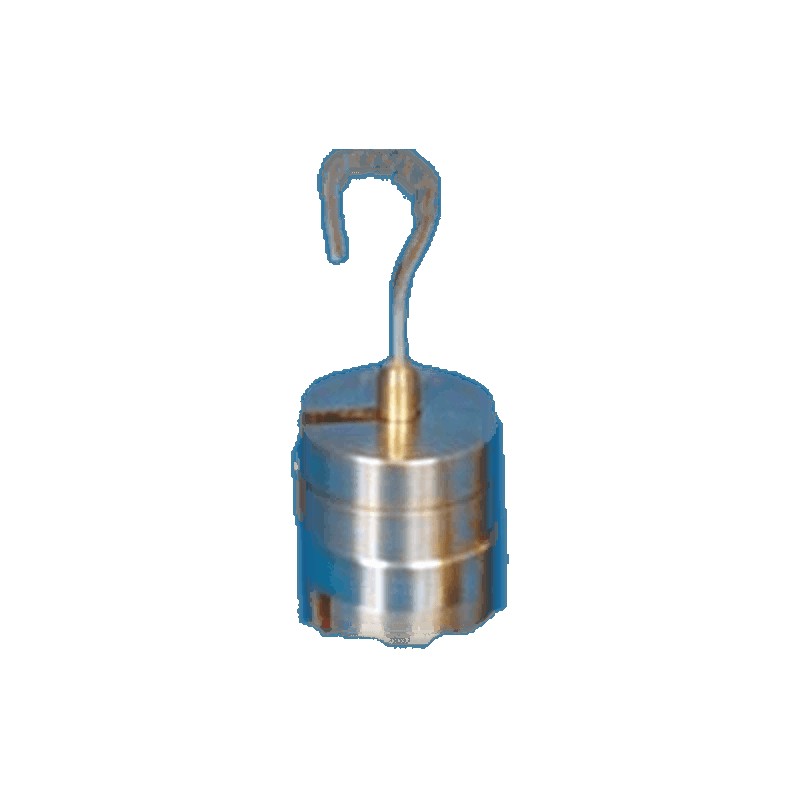Weight Bars for Hook’s Law Apparatus
Description:
Weight Bars for Hook’s Law Apparatus are calibrated metal bars or disks used to apply known forces to a spring in Hooke’s Law experiments. These weight bars are essential for measuring the extension of a spring when a specific load is applied. They are typically used in physics labs to study elasticity and force-extension relationships.
Uses:
- Force application: Used to apply a specific and measurable force to a spring or elastic material.
- Elasticity studies: Helps demonstrate Hooke’s Law by showing the proportional relationship between force and extension.
- Physics experiments: Used in lab setups to measure the stiffness constant (spring constant) of different materials.
- Calibration: Ensures precise force measurement for academic and experimental purposes.
- Educational demonstrations: Helps students understand the principles of force, mass, and elasticity in physics classes.
Precautions:
- Handle with care: Drop impacts or rough handling can cause damage to the weight bars and affect accuracy.
- Secure placement: Ensure weight bars are placed carefully on the spring to avoid unbalanced loading or falling.
- Avoid overload: Do not exceed the weight capacity of the spring to prevent damage to the Hook's Law apparatus
- Accurate measurements: Double-check the weights and setup to ensure precise results in experiments.
- Wear safety gear: Use gloves when handling heavy weight bars to avoid accidents.
If you'd like to know more about this chemical or need any analysis
report regarding this chemical then contact us support@echem.com.bd.

Login To Comment